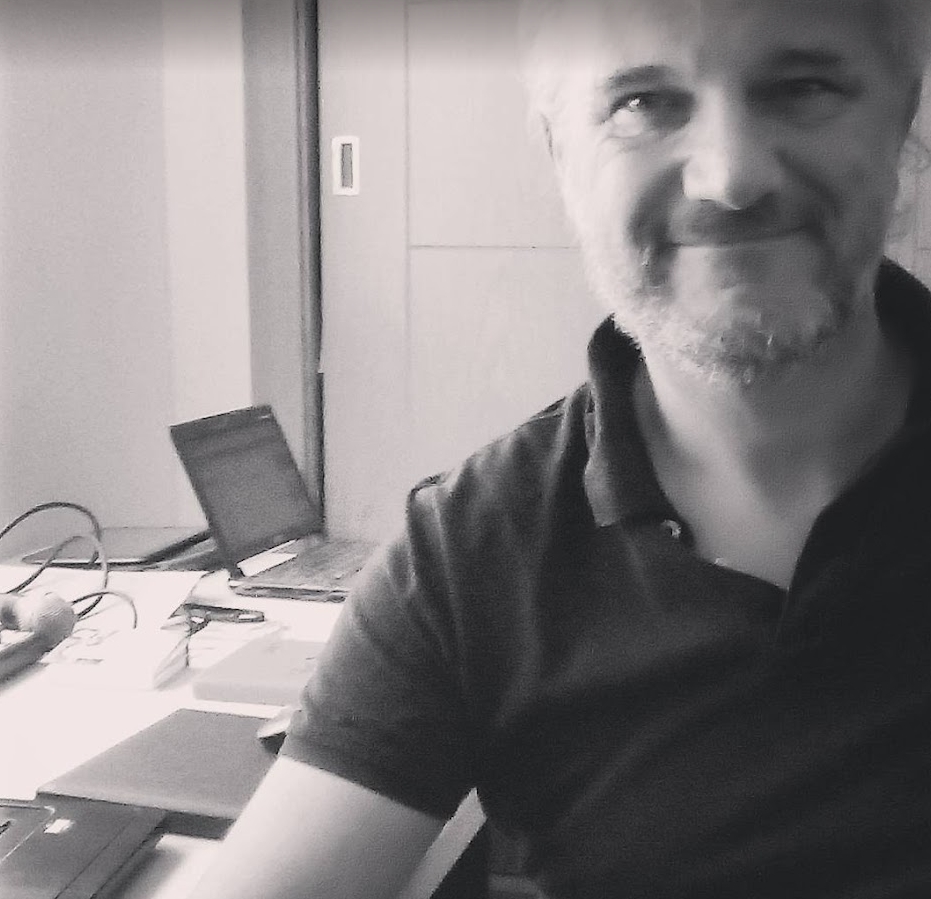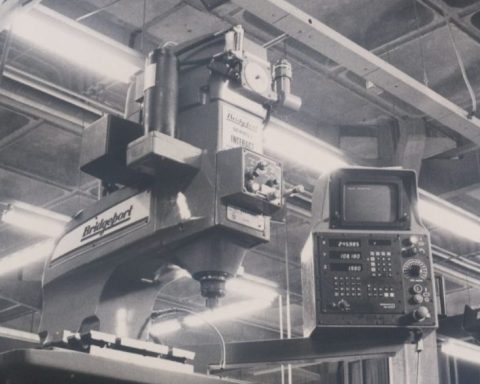
Energy policy
| ← Older revision | Revision as of 09:17, 25 January 2021 | ||
| Line 239: | Line 239: | ||
|
====Energy policy====
|
====Energy policy====
|
||
|
[[File:US_Nuclear_Power_Plant_Status_9-2013.PNG|thumb|350px|Status of U.S. nuclear power plants, September, 2013.]]
|
[[File:US_Nuclear_Power_Plant_Status_9-2013.PNG|thumb|350px|Status of U.S. nuclear power plants, September, 2013.]]
|
||
| − |
Like all other countries, the U.S. stands to benefit significantly by liberating herself from fossil fuels not only because they are not renewable but because they are the driving engine behind anthropogenic [[global warming]. The road to freedom from fossil fuels involves aggressive investments in not just in green energy, such as [[wind turbine|wind]], [solar energy|solar]] and [[geothermal energy|geothermal]] energy, but also in nuclear energy. However, many government officials and members of the general public believe that nuclear energy should play no role in a future energy policy of the United States, citing concerns about the operational costs and possible hazards of nuclear power plants and the [[nuclear waste|radioactive wastes]] they create. Investments in civilian nuclear power virtually stopped after the Three Mile Island Incident in 1979. Fears of the consequences of a nuclear meltdown were proven wrong. No deaths or illnesses have ever been linked to the incident. In fact, the staff did a fine job of preventing the worst from happening. A nuclear meltdown does not mean a nuclear explosion (of the plant), unlike some people like to think. Rather, it simply means the fuel rods are sufficiently hot to melt their way through the container, exposing themselves. (Chernobyl employed Soviet rather than American technology.) After recovering somewhat, public opinion on nuclear power took another nose dive after the Fukushima Incident in 2011. Although American technology was in use this time, once again, no deaths or illnesses due to radiation exposure have ever been directly linked to the incident.<ref>[https://www.youtube.com/watch?v=_0P9S4F4KpQ&t=367s Three Mile Island Documentary: Nuclear Power’s Promise and Peril]. Retro Reports. The ”New York Times”. April 29, 2014. </ref>
|
+ |
Like all other countries, the U.S. stands to benefit significantly by liberating herself from fossil fuels not only because they are not renewable but because they are the driving engine behind anthropogenic [[global warming]]. The road to freedom from fossil fuels involves aggressive investments in not just in green energy, such as [[wind turbine|wind]], [[solar energy|solar]] and [[geothermal energy|geothermal]] energy, but also in nuclear energy. However, many government officials and members of the general public believe that nuclear energy should play no role in a future energy policy of the United States, citing concerns about the operational costs and possible hazards of nuclear power plants and the [[nuclear waste|radioactive wastes]] they create. Investments in civilian nuclear power virtually stopped after the Three Mile Island Incident in 1979. Fears of the consequences of a nuclear meltdown were proven wrong. No deaths or illnesses have ever been linked to the incident. In fact, the staff did a fine job of preventing the worst from happening. A nuclear meltdown does not mean a nuclear explosion (of the plant), unlike some people like to think. Rather, it simply means the fuel rods are sufficiently hot to melt their way through the container, exposing themselves. (Chernobyl employed Soviet rather than American technology.) After recovering somewhat, public opinion on nuclear power took another nose dive after the Fukushima Incident in 2011. Although American technology was in use this time, once again, no deaths or illnesses due to radiation exposure have ever been directly linked to the incident.<ref>[https://www.youtube.com/watch?v=_0P9S4F4KpQ&t=367s Three Mile Island Documentary: Nuclear Power’s Promise and Peril]. Retro Reports. The ”New York Times”. April 29, 2014. </ref>
|
|
Now, of course, new reactors are more efficient and safer than their predecessors. What these people do not know is that nuclear recycling and reducing nuclear wastes are real possibilities, actively pursued by multiple countries, including the United States, at the moment. Indeed, the U.S. could power itself for the next thousands of years using just the uranium it has already mined.<ref>[http://www.anl.gov/egs/group/safe-secure-and-sustainable-nuclear-energy Safe, Secure and Sustainable Nuclear Energy]. Energy and Global Security. Argonne National Laboratory. U.S. Department of Energy Office of Science.</ref><ref>[https://www.youtube.com/watch?v=FMhruDLNwBI Doing the Impossible: Reducing Nuclear Waste]. Argonne National Laboratory. U.S. Department of Energy Office of Science.</ref> Meanwhile, researchers and engineers continue to work on ever safer and more efficient designs for nuclear power plants, sometimes even testing completely new concepts. These could potentially replace the 100 nuclear power plants currently operational in the U.S., but which are scheduled for retirement in the 2030s. Completely replacing them with renewable energy instead may not be a workable strategy.<ref name=”next-gen-nuclear”>[https://www.pbs.org/newshour/show/demand-clean-energy-inspires-new-generation-innovate-nuclear-power Demand For Clean Energy Inspires New Generation to Innovate Nuclear Power]. PBS ”Newshour”. January 4, 2017.</ref> Unlike nuclear energy, which is stable and efficient, the most popular forms of [[renewable energy]], wind and solar, are inherently intermittent. The missing ingredient is thus a high-capacity and durable means of storing the electrical energy generated but not used. Unfortunately, the commonly used lithium-ion battery degrades far too quickly to be economically used for such large scales. Something better is in order.<ref>[https://www.youtube.com/watch?v=KBjHRfc-HMo How Building A New Battery Could Change the Game for Renewable Energy]. PBS ”Newshour”. December 15, 2015. </ref> Until the suitable battery technologies become commercially available and possibly even after that, nuclear energy continues to have an important role to play in the shift away from [[Fossil fuel|fossil fuels]], especially at a time when demand for energy is on the rise. In fact, due to growing awareness of the need to reduce greenhouse emissions and the promise of nuclear power, many young engineers and entrepreneurs nationwide are working on the next generation of nuclear reactors, collectively known as [[Nuclear_power#Generation_IV_reactors|Generation IV reactors]]. Some of these might be able to run on [[depleted uranium]], (low-level radioactive) leftovers from the uranium enrichment process.<ref group=”note”>In order to build a nuclear explosive device, one needs uranium enriched at 90% or more. Thus, depleted uranium cannot be used that way.</ref> At present, the Paducah Gaseous Diffusion Plant in Kentucky, home to the biggest deposit of depleted uranium in the entire United States, has enough of this material to power the entire country for 750 years.<ref name=”next-gen-nuclear”/> Nuclear power is thus practically renewable. After decades of a “nuclear winter” for the industry, a nuclear renaissance is just around the corner.<ref name=”next-gen-nuclear”/> It is unwise to throw away this opportunity because of [[Anti-nuclear movement|anti-nuclear hysteria]] or because of falling oil prices.
|
Now, of course, new reactors are more efficient and safer than their predecessors. What these people do not know is that nuclear recycling and reducing nuclear wastes are real possibilities, actively pursued by multiple countries, including the United States, at the moment. Indeed, the U.S. could power itself for the next thousands of years using just the uranium it has already mined.<ref>[http://www.anl.gov/egs/group/safe-secure-and-sustainable-nuclear-energy Safe, Secure and Sustainable Nuclear Energy]. Energy and Global Security. Argonne National Laboratory. U.S. Department of Energy Office of Science.</ref><ref>[https://www.youtube.com/watch?v=FMhruDLNwBI Doing the Impossible: Reducing Nuclear Waste]. Argonne National Laboratory. U.S. Department of Energy Office of Science.</ref> Meanwhile, researchers and engineers continue to work on ever safer and more efficient designs for nuclear power plants, sometimes even testing completely new concepts. These could potentially replace the 100 nuclear power plants currently operational in the U.S., but which are scheduled for retirement in the 2030s. Completely replacing them with renewable energy instead may not be a workable strategy.<ref name=”next-gen-nuclear”>[https://www.pbs.org/newshour/show/demand-clean-energy-inspires-new-generation-innovate-nuclear-power Demand For Clean Energy Inspires New Generation to Innovate Nuclear Power]. PBS ”Newshour”. January 4, 2017.</ref> Unlike nuclear energy, which is stable and efficient, the most popular forms of [[renewable energy]], wind and solar, are inherently intermittent. The missing ingredient is thus a high-capacity and durable means of storing the electrical energy generated but not used. Unfortunately, the commonly used lithium-ion battery degrades far too quickly to be economically used for such large scales. Something better is in order.<ref>[https://www.youtube.com/watch?v=KBjHRfc-HMo How Building A New Battery Could Change the Game for Renewable Energy]. PBS ”Newshour”. December 15, 2015. </ref> Until the suitable battery technologies become commercially available and possibly even after that, nuclear energy continues to have an important role to play in the shift away from [[Fossil fuel|fossil fuels]], especially at a time when demand for energy is on the rise. In fact, due to growing awareness of the need to reduce greenhouse emissions and the promise of nuclear power, many young engineers and entrepreneurs nationwide are working on the next generation of nuclear reactors, collectively known as [[Nuclear_power#Generation_IV_reactors|Generation IV reactors]]. Some of these might be able to run on [[depleted uranium]], (low-level radioactive) leftovers from the uranium enrichment process.<ref group=”note”>In order to build a nuclear explosive device, one needs uranium enriched at 90% or more. Thus, depleted uranium cannot be used that way.</ref> At present, the Paducah Gaseous Diffusion Plant in Kentucky, home to the biggest deposit of depleted uranium in the entire United States, has enough of this material to power the entire country for 750 years.<ref name=”next-gen-nuclear”/> Nuclear power is thus practically renewable. After decades of a “nuclear winter” for the industry, a nuclear renaissance is just around the corner.<ref name=”next-gen-nuclear”/> It is unwise to throw away this opportunity because of [[Anti-nuclear movement|anti-nuclear hysteria]] or because of falling oil prices.
|
||







